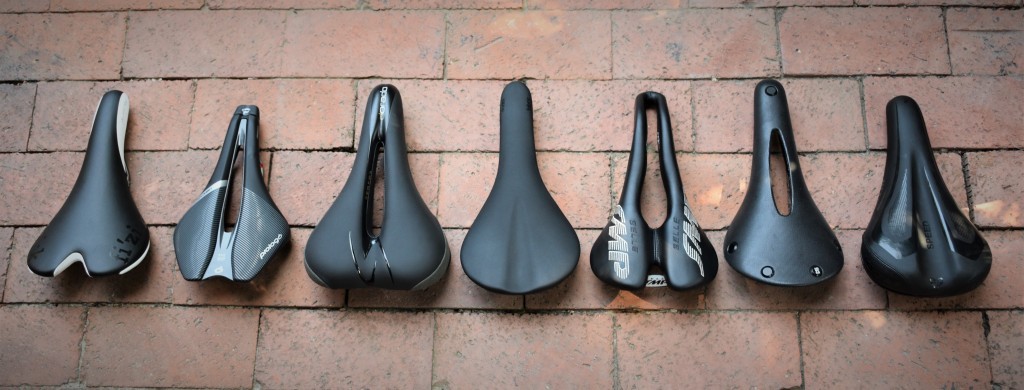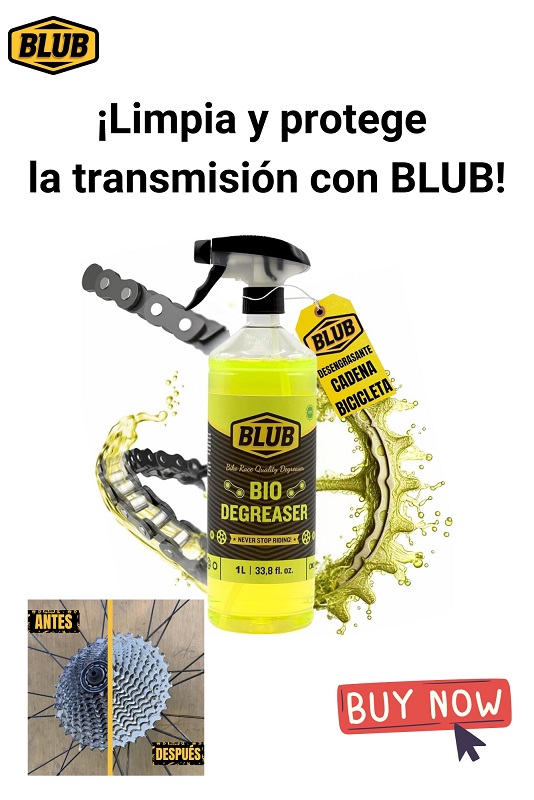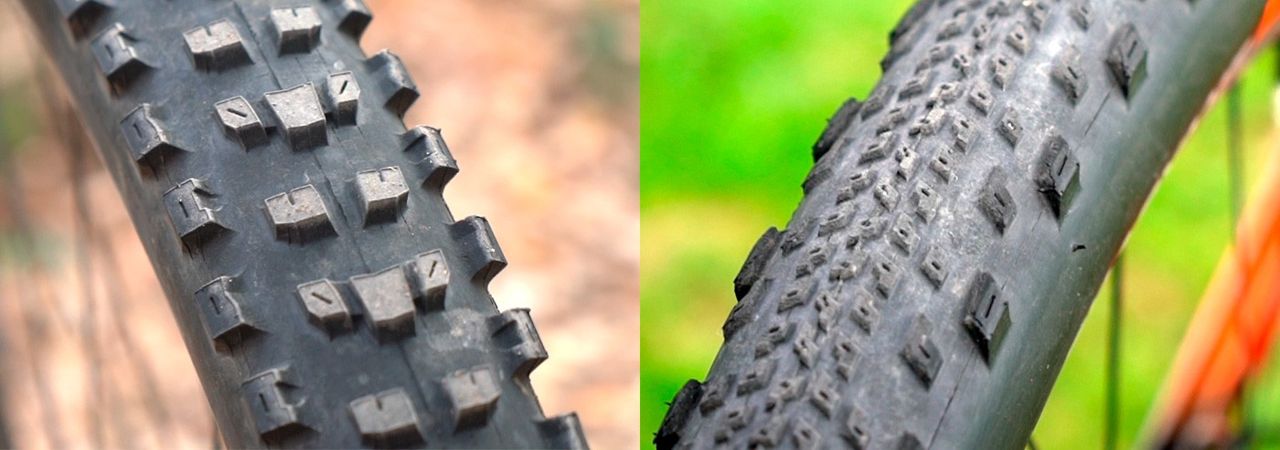Free shipping to every country in the world! (Check conditions)

The ultimate guide to choosing the best bicycle saddle
The ultimate guide to choosing the best bicycle saddle for your riding style and measurements
Choose the best bike saddle can make a huge difference to your comfort and performance when riding. Every cyclist has different needs depending on their riding style, anatomy and saddle features. In this guide, we'll help you find the perfect saddle for you, taking into account your riding style and body measurements.
Why is it important to choose the right saddle?
The bicycle saddle is one of the most critical contact points between the cyclist and the bicycle. An inappropriate saddle can cause discomfort, pain and even long-term injuries. That's why it's essential that you choose the right one. saddle suitable for your riding style and your body measurements.
A well-fitting saddle not only improves comfort, but also optimises your performance. When you spend long hours on the bike, pressure on contact points can cause numbness and pain, which can lead to a reduction in pedalling efficiency. Additionally, an inappropriate saddle can affect your posture, which could cause discomfort in other parts of the body, such as the lower back and knees.
In short, choosing the right saddle should not be taken lightly. It is an investment in your well-being and your performance on the bike. Below, we guide you through the most important factors you should consider in order to make an informed decision.
Key factors to consider when choosing a bicycle saddle
1. Driving style
Your riding style is one of the most important factors when choosing a saddle. Riding on mountain routes, riding on the road or simply using your bike for urban travel are not the same. Each discipline requires a different type of saddle:
- Road cycling saddles: Designed for long distances, they are usually narrower and lighter, allowing for greater speed and performance. These saddles are made for cyclists who adopt a more aerodynamic posture, meaning that the body weight is distributed more towards the front of the saddle. Therefore, they usually have a longer and thinner shape, which reduces friction on the thighs.
- Mountain bike saddles: These offer greater padding and strength, ideal for absorbing impacts and uneven terrain. These saddles are designed to withstand the constant impact of uneven terrain, so they are usually a little wider and have more padding in key areas to absorb shocks. In addition, many of these saddles have a more durable cover to prevent damage from rubbing or falls.
- Saddles for urban cycling: These saddles are geared toward comfort, with extra padding and a wider shape for shorter, less intense rides. These saddles are designed for a more upright posture, typical of those who use the bike for daily or recreational commuting. Their wider, padded design provides additional support in the areas where it is most needed, which is ideal for short, low-intensity rides.
- Hybrid Bike Saddles: These saddles combine features of road and mountain saddles, offering a balance between comfort and performance. They are an excellent choice for those looking for versatility in their bike, allowing you to move easily between different types of terrain without sacrificing comfort.
2. Anatomical measurements
Your body dimensions, especially the distance between your sit bones, influence the choice of saddle. It is crucial that the saddle adequately supports your bones and does not put pressure on sensitive parts. This is where a good fit makes all the difference.
The width of the saddle should match the distance between the sit bones, which are the bones that support the weight of the body when you are sitting. A saddle that is too narrow can cause pressure on the soft tissues, which can lead to numbness and pain. On the other hand, a saddle that is too wide can cause chafing and reduce pedaling efficiency.
In addition to width, the shape of the saddle is also important. Some saddles have a channel or cutout in the center to relieve pressure on the perineal area, which can be beneficial for riders who experience discomfort in that area. The length of the saddle can also vary, with some shorter models designed to facilitate quick movements and position changes.
3. Saddle materials
The materials of a saddle influence both comfort and durability. Leather and synthetic materials such as Gel wave FOAM High density offers different levels of comfort and resistance to prolonged use.
Leather is a material traditionally used in high-end saddles. Over time, the leather molds to the shape of the rider's body, offering a custom fit. However, leather saddles require special care and are not as water-resistant as synthetic materials.
Gel is another popular material that provides soft, comfortable padding. Saddles with gel inserts are ideal for those looking for extra comfort on long rides or rough terrain. High-density foam, on the other hand, offers firm, long-lasting support, making it a great choice for riders looking for a saddle that will maintain its shape over time.
The best saddle brands on the market
On our store We offer a wide selection of high-quality saddles. Some of the most recommended brands for their performance and durability include:
- SELLE ITALIA: Renowned for its innovation and advanced technology in saddle design. Ideal for cyclists seeking performance and comfort on their rides. SELLE ITALIA saddles combine high-quality materials with an ergonomic design that adapts to the needs of different types of cyclists, from professionals to enthusiasts.
- SAN MARCO: Offers saddles that combine tradition and modernity, providing an exceptional riding experience. SAN MARCO is a brand that has been in the market for decades, known for its commitment to quality and comfort. Their saddles are an excellent choice for those who value tradition without sacrificing modern technology.
- VELO: Known for its focus on comfort and accessibility, ideal for urban and recreational cyclists, VELO offers a range of saddles that are affordable without compromising on quality. Their designs are tailored to cyclists of all levels, offering comfort and support on every ride.
How to adjust your saddle for greater comfort
Once you have chosen your saddle, it is essential to adjust it correctly to maximise comfort. Here are some tips:
Saddle height
Make sure your saddle height is set correctly to avoid discomfort in your knees or back. A saddle that is too low can put too much strain on your knees, while one that is too high can put strain on your lower back and hip muscles. The general rule of thumb is that when the pedal is at its lowest point, your leg should be almost fully extended, with a slight bend at the knee.
Saddle tilt
A saddle that is tilted too far forward or back can cause discomfort. It should be level to properly distribute weight. Some riders prefer a slight forward tilt to relieve pressure on the perineal area, but this can cause you to slide forward, which could lead to an inefficient position. Experiment with small variations in tilt until you find what feels most comfortable.
Longitudinal position
The saddle should be positioned so that your knees are in line with the pedals at the lowest point of your pedal stroke. This can be adjusted by moving the saddle forward or back on the rails. If the saddle is too far forward, you may feel hunched over and experience knee discomfort. If it is too far back, you may have trouble reaching the pedals with enough power. Use a plumb bob or a bike fitting app to ensure your position is optimal.
Conclusion: Find your ideal saddle
Choose the best bike saddle It is a personal decision that depends on several factors, including your riding style, your anatomical measurements and your personal preferences. Remember that a suitable saddle not only improves your comfort, but also optimizes your performance on the bike. Explore our selection of SILLINES and find the one that best suits your needs.
In short, the key to finding the perfect saddle lies in knowing your body and your riding style. Don’t hesitate to try different options until you find the one that gives you the most comfort on your rides. Also, consider consulting with a bike fit specialist, as they can offer personalized recommendations and help you avoid common problems associated with an ill-fitting saddle.
Don't underestimate the importance of a good saddle - after all, you'll be spending many hours on it. Whether you're looking for performance, comfort or a combination of both, the right choice will allow you to enjoy every pedal stroke more, reduce discomfort and improve your efficiency on the bike.









